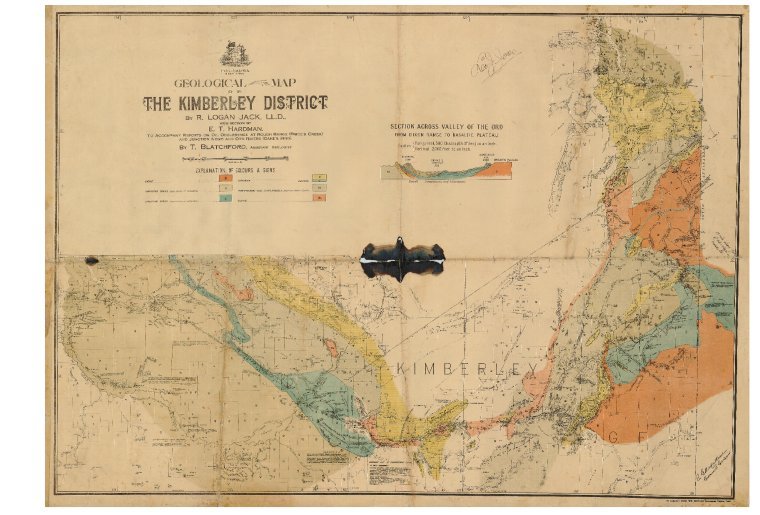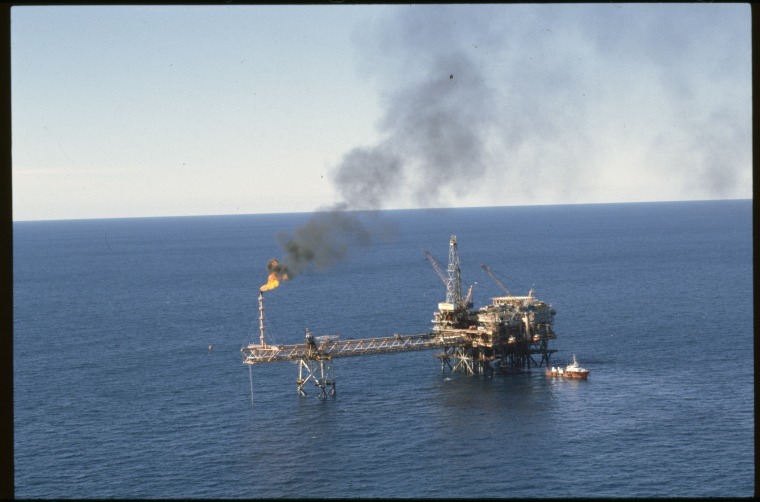Petroleum
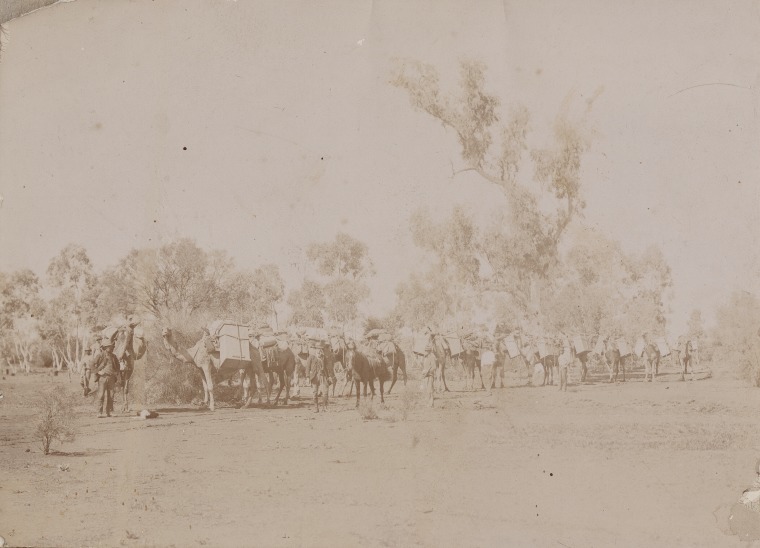
The Locke Oil Expedition
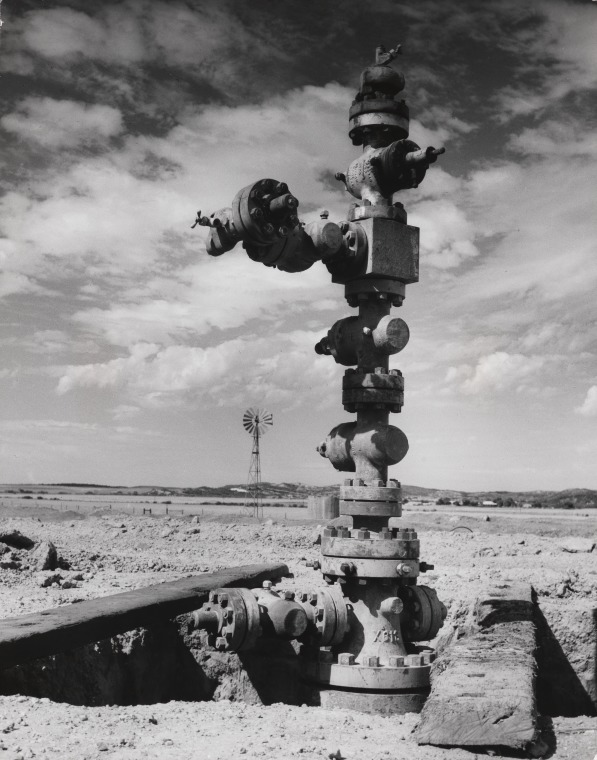
WAPET gas well at Dongara
The first signs of oil in Western Australia were reported in the early 1900s at Warren River, however attempts at extraction produced no oil.
In 1918, traces of oil were reported in a water bore east of Fitzroy Crossing in the Kimberley. The first exploratory well was sunk in the Canning Basin in 1922 without much success. The Canning Basin is around 530,00km² in central-northern Western Australia. Other dry wells were sunk in the Ord Basin, further north, in the same year. Over the next 20 years the Freney Kimberley Oil Company explored and drilled in the Canning Basin without success. The company ceased operations due to World War II.
Large-scale exploration for oil began in 1952. The government-owned West Australian Petroleum Pty Ltd (WAPET) began operating in the Carnarvon, Canning and Perth Basins. Using more modern exploration techniques, WAPET found oil at Rough Range in the Carnarvon Basin in 1953. The reserves of oil were small and uneconomic, but this was still a turning point for oil exploration in Western Australia. For the first time investors believed that oil and gas could be found in Australia.
WAPET’s discovery of oil on Barrow Island in 1964 led to the State's first commercial field. It commenced production in 1967. Within eight years WAPET had produced 100 million barrels of oil from Barrow Island.
Seismic surveys conducted by WAPET off the Exmouth Gulf in 1961 commenced offshore exploration for oil and gas. In 1963, Woodside Petroleum secured exploration permits for 367,000km² off the Western Australian coast. The company drilled their first well in 1968. While it only revealed a small, non-commercial oil deposit, it was an encouraging sign for offshore exploration.
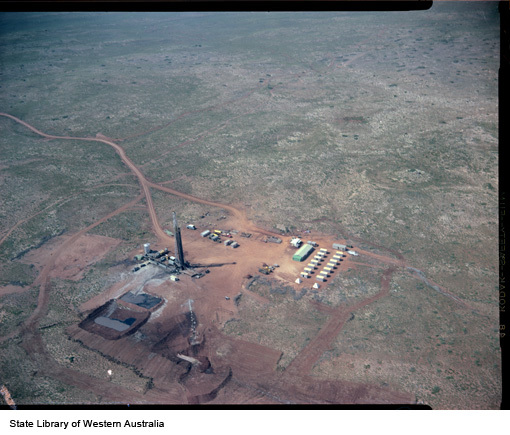
Aerial photograph of Barrow Island
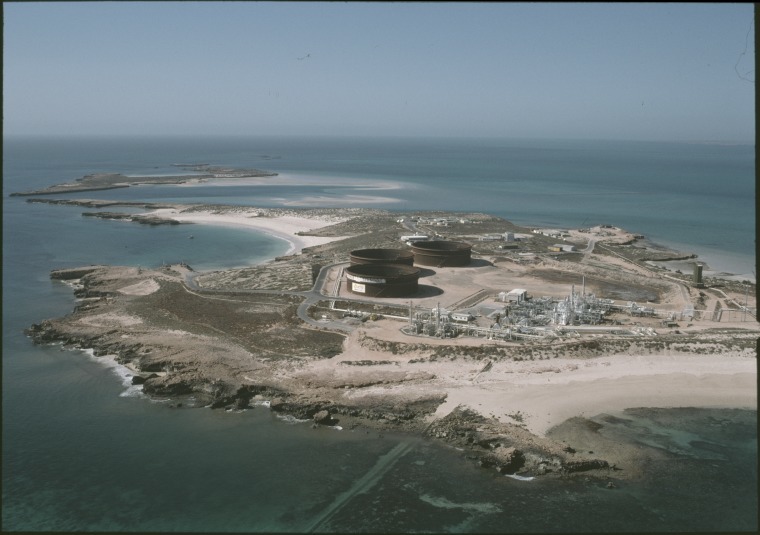
Varanus Island Processing Hub operated by Apache Energy

Oil refinery at Kwinana
A major gas field was eventually discovered by Woodside in 1971 in the Northern Carnarvon Basin. The North West Shelf is located around 130km off the coast of Dampier, in the Pilbara. The initial discoveries of the North Rankin, Angel and Goodwyn fields prompted Australia's biggest energy resource development: the North West Shelf Project.
In 1977, the Western Australian government approved the development of the huge North Rankin field with a guarantee for the domestic consumption of natural gas from the project. Delivery of North West Shelf natural gas to customers in Western Australia began in 1984, under long-term contracts with the State Energy Commission of Western Australia (SECWA). The remainder of gas produced from the project was to be exported as Australian Liquefied Natural Gas (LNG). This began in 1989 under 20 year contracts with eight power and gas utilities in Japan. In addition, individual sales of LNG were made to Spain, South Korea, Turkey and the United States.
WAPET also made a major gas find at Tryal Rocks, north-west of Barrow Island, in 1973. Over the next 20 years five fields were discovered: Gorgon, Chrysaor, Dionysus, West Tryal Rocks and Spar. Collectively these fields were called the Greater Gorgon gas fields. These deep offshore fields were extensively appraised, which included the sinking of eight wells in the Gorgon field. The final two appraisal wells were drilled and tested in late November 1998, with production commencing in the early 2000s.
In 2015-16, the value of Western Australia's petroleum products amounted to $18.4 billion. Western Australia produces 52% of Australia's gas and 66% of Australia's crude oil. Overall, Western Australia produces over half of the nation's petroleum output. LNG was the most valuable petroleum product and in 2015-16 it made up 59% of all Western Australia's petroleum sales.

